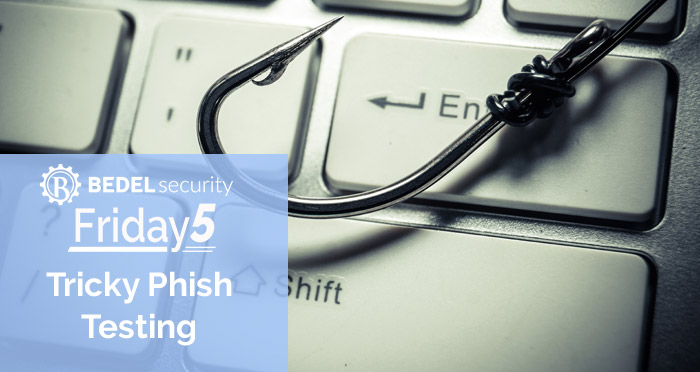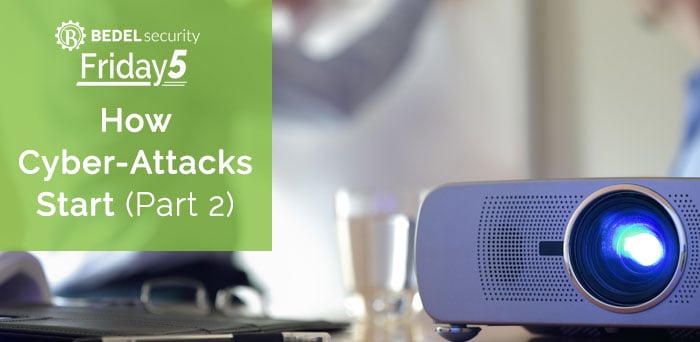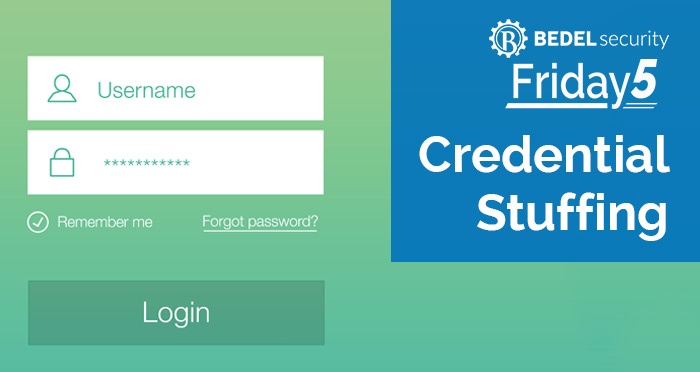Tricky Phish Testing
Phishing remains one of the top threats to organizations today. Every user regularly receives emails designed to trick them into clicking on a link,...


Financial institutions are expected to provide some level of training to users. Between making sure the right topics are covered and that everyone completes it, can be a tall order for those who are responsible for putting together training for their company. So we decided to share some topics that we highly recommend be included in employee cybersecurity training programs.
Now that you have some great ideas don't forget to track who has and has not completed training. Auditors and examiners will want to see that this is being done in your institution. If this seems like an overwhelming task, you can look into third parties to administer employee training for you. We recommend that its done continuously throughout the year as opposed to one and done. If you'd like help with your employee user training we can administer it for you or make suggestions of other third parties who do.

Phishing remains one of the top threats to organizations today. Every user regularly receives emails designed to trick them into clicking on a link,...

In Part 1 of this series we started to look at some of the tactics that attackers use to initially gain access to systems in your institution. The...

2 min read
One of the fastest-growing types of cyberattack right now is called credential stuffing. Credential stuffing takes place when an attacker uses a...